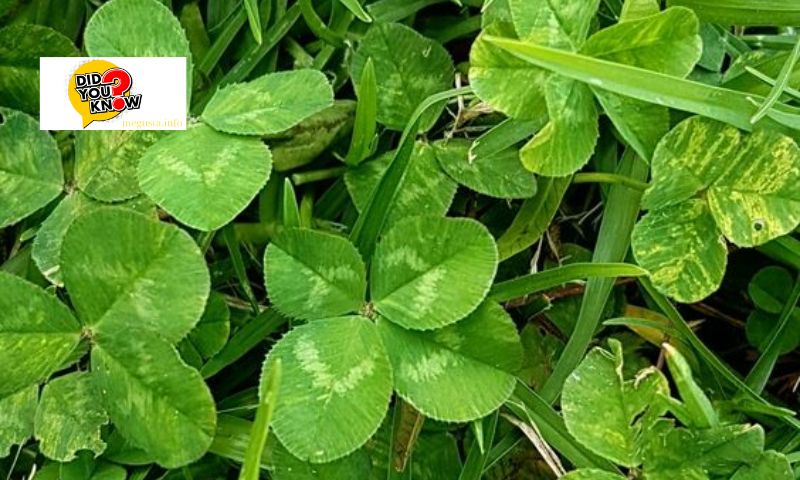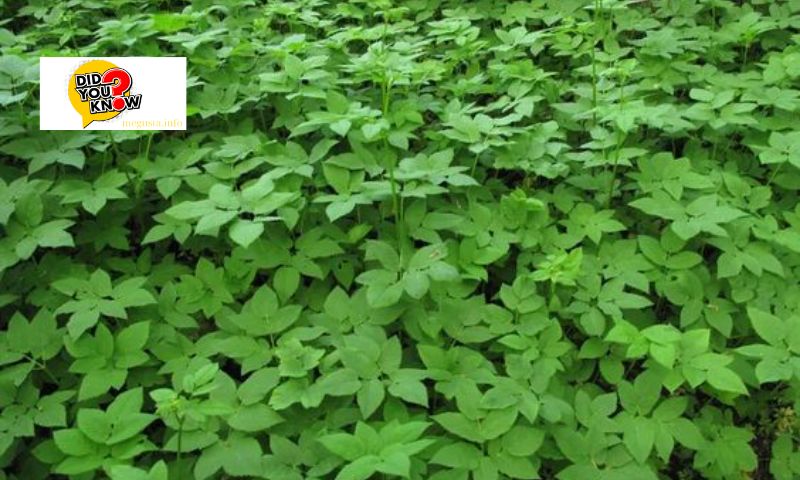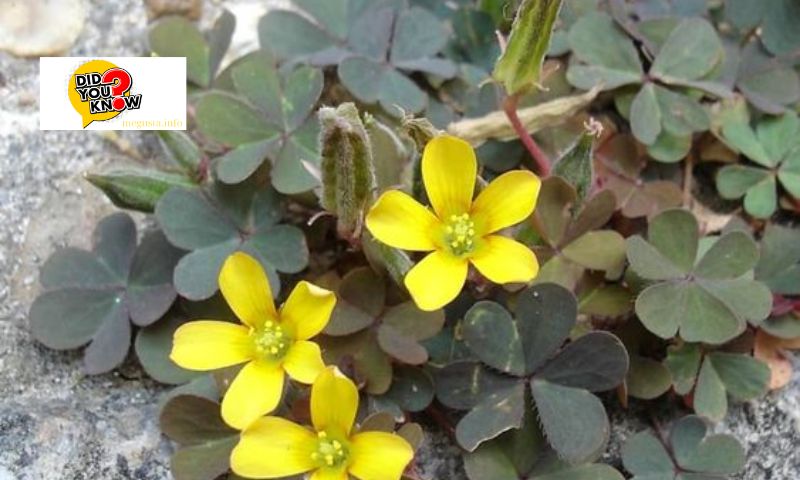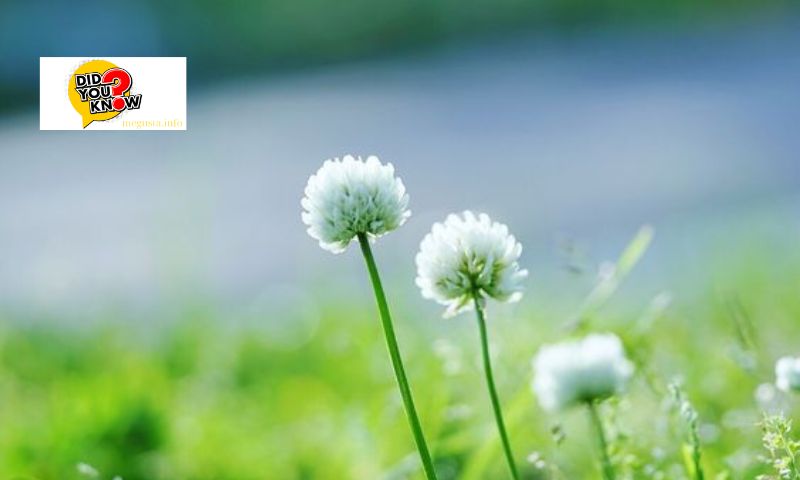Weeds are a ubiquitous part of the natural landscape, and Vietnam is no exception. These hardy plants often grow where they are not wanted, competing with crops and native flora. Understanding the names of weeds in Vietnam is crucial for effective weed management and agricultural success. This guide from Megusta.info aims to provide a comprehensive overview of the most common weeds found in Vietnam, their impact on agriculture, and strategies for their control.
Overview of Common Weeds in Vietnam

Weeds are plants that grow aggressively, often in places where they are not desired. They can thrive in various environments, from agricultural fields to urban areas, and are known for their ability to adapt and proliferate. In Vietnam, weeds play a significant role in the ecosystem, sometimes offering benefits such as soil stabilization and providing habitats for certain wildlife. However, their primary impact is often negative, particularly in agriculture, where they compete with crops for nutrients, water, and sunlight.
Classification of Weeds
Broadleaf Weeds
Broadleaf weeds are characterized by their wide, flat leaves. They are typically easy to distinguish from grasses due to their leaf shape and vein patterns. Common broadleaf weeds in Vietnam include:
- Bidens pilosa (Spanish Needle, Cúc mặt trời)
- Description: This weed has serrated leaves and produces small white flowers. It is often found in disturbed soils.
- Identifying Features: It has a distinctive seed head with barbs that attach to clothing and animal fur.
- Ageratum conyzoides (Billygoat-weed, Cỏ hôi)
- Description: Known for its soft, hairy leaves and clusters of small blue or white flowers, this weed emits a strong odor.
- Identifying Features: The leaves are ovate with a prominent mid-vein and are covered in fine hairs.
Grassy Weeds
Grassy weeds resemble grass and have narrow leaves with parallel veins. They can be particularly troublesome in lawns and fields. Common grassy weeds in Vietnam include:
- Imperata cylindrica (Cogon Grass, Cỏ tranh)
- Description: This weed has sharp-edged leaves and produces a fluffy white flower head. It spreads rapidly via rhizomes.
- Identifying Features: Its leaves have a prominent mid-rib, and the plant often forms dense, impenetrable clumps.
- Eleusine indica (Indian Goosegrass, Cỏ mần trầu)
- Description: This annual grass has flat stems and a distinctive seed head that resembles a bird’s foot.
- Identifying Features: The stems are flattened and often purplish at the base, and the seed heads form a digit-like pattern.
Sedge Weeds
Sedges are grass-like plants but differ in their stem structure, which is typically triangular and solid. Common sedge weeds in Vietnam include:
- Cyperus rotundus (Purple Nutsedge, Cỏ cú)
- Description: This perennial weed has dark green leaves and produces purple-brown seed heads. It spreads through tubers.
- Identifying Features: The leaves are shiny and grooved, and the tubers form chains underground.
- Cyperus difformis (Variable Flatsedge, Cỏ gừng)
- Description: Known for its flat, grass-like leaves and small, clustered seed heads, this weed prefers wet soils.
- Identifying Features: The stems are triangular, and the seed heads are compact and clustered.
List of Common Weeds in Vietnam

Broadleaf Weeds
Bidens pilosa (Spanish Needle, Cúc mặt trời)
- Scientific Name: Bidens pilosa
- Common Name: Spanish Needle
- Vietnamese Name: Cúc mặt trời
- Description: This weed has serrated leaves and produces small white flowers. It is often found in disturbed soils.
- Identifying Features: It has a distinctive seed head with barbs that attach to clothing and animal fur.
Ageratum conyzoides (Billygoat-weed, Cỏ hôi)
- Scientific Name: Ageratum conyzoides
- Common Name: Billygoat-weed
- Vietnamese Name: Cỏ hôi
- Description: Known for its soft, hairy leaves and clusters of small blue or white flowers, this weed emits a strong odor.
- Identifying Features: The leaves are ovate with a prominent mid-vein and are covered in fine hairs.
Grassy Weeds
Imperata cylindrica (Cogon Grass, Cỏ tranh)
- Scientific Name: Imperata cylindrica
- Common Name: Cogon Grass
- Vietnamese Name: Cỏ tranh
- Description: This weed has sharp-edged leaves and produces a fluffy white flower head. It spreads rapidly via rhizomes.
- Identifying Features: Its leaves have a prominent mid-rib, and the plant often forms dense, impenetrable clumps.
Eleusine indica (Indian Goosegrass, Cỏ mần trầu)
- Scientific Name: Eleusine indica
- Common Name: Indian Goosegrass
- Vietnamese Name: Cỏ mần trầu
- Description: This annual grass has flat stems and a distinctive seed head that resembles a bird’s foot.
- Identifying Features: The stems are flattened and often purplish at the base, and the seed heads form a digit-like pattern.
Sedge Weeds
Cyperus rotundus (Purple Nutsedge, Cỏ cú)
- Scientific Name: Cyperus rotundus
- Common Name: Purple Nutsedge
- Vietnamese Name: Cỏ cú
- Description: This perennial weed has dark green leaves and produces purple-brown seed heads. It spreads through tubers.
- Identifying Features: The leaves are shiny and grooved, and the tubers form chains underground.
Cyperus difformis (Variable Flatsedge, Cỏ gừng)
- Scientific Name: Cyperus difformis
- Common Name: Variable Flatsedge
- Vietnamese Name: Cỏ gừng
- Description: Known for its flat, grass-like leaves and small, clustered seed heads, this weed prefers wet soils.
- Identifying Features: The stems are triangular, and the seed heads are compact and clustered.
Impact of Weeds on Agriculture

Weeds can significantly affect agricultural productivity by competing with crops for essential resources like nutrients, water, and sunlight. They can also harbor pests and diseases that may spread to crops, further reducing yields. In Vietnam, where agriculture plays a vital role in the economy, managing weeds is crucial for ensuring food security and the livelihoods of farmers.
Negative Impacts
- Resource Competition: Weeds often outcompete crops for water, nutrients, and light, leading to reduced crop growth and yields.
- Pest and Disease Hosts: Weeds can serve as hosts for pests and diseases that affect crops, increasing the need for pest control measures.
- Increased Production Costs: Farmers may need to spend more on labor, herbicides, and other weed management practices, raising the cost of production.
Potential Benefits
While weeds are often viewed negatively, some can provide benefits. For example, certain weeds can improve soil structure, reduce erosion, and offer habitat for beneficial insects. However, these benefits must be carefully weighed against the potential drawbacks, particularly in agricultural settings.
Weed Management Practices in Vietnam
Effective weed management involves a combination of methods tailored to the specific weed species and local conditions. In Vietnam, both traditional and modern techniques are used to control weeds.
Traditional Methods
- Hand Weeding: This labor-intensive method involves manually removing weeds. It is still widely practiced, especially in small-scale farms.
- Crop Rotation: Changing the types of crops grown in a field each season can disrupt weed life cycles and reduce their prevalence.
Modern Techniques
- Herbicides: Chemical weed control is common, with various herbicides available to target different weed species. However, the use of herbicides must be managed carefully to avoid environmental and health risks.
- Mechanical Control: Tools and machinery, such as tillers and mowers, are used to physically remove or suppress weeds.
Integrated Weed Management Strategies
Integrated weed management (IWM) combines multiple approaches to achieve sustainable weed control. This may include the use of cover crops, mulching, biological control agents, and the careful application of herbicides. IWM aims to minimize the reliance on any single method, reducing the risk of weed resistance and environmental harm.
Resources for Further Reading
To learn more about the names of weeds in Vietnam and effective weed management practices, consider the following resources:
- Books and Publications: Many agricultural extension services and universities publish guides on weed identification and management.
- Websites and Online Resources: Websites such as the Food and Agriculture Organization (FAO) and local agricultural websites provide valuable information.
- Local Agricultural Extension Services: These services offer practical advice and support to farmers, including weed identification and management techniques.
Conclusion
Understanding the names of weeds in Vietnam is essential for effective agricultural management. Weeds can have significant negative impacts on crop yields and production costs, but with proper identification and management, their effects can be mitigated. By combining traditional methods with modern techniques and adopting integrated weed management strategies, farmers in Vietnam can better control weed populations and ensure the sustainability of their agricultural practices.

